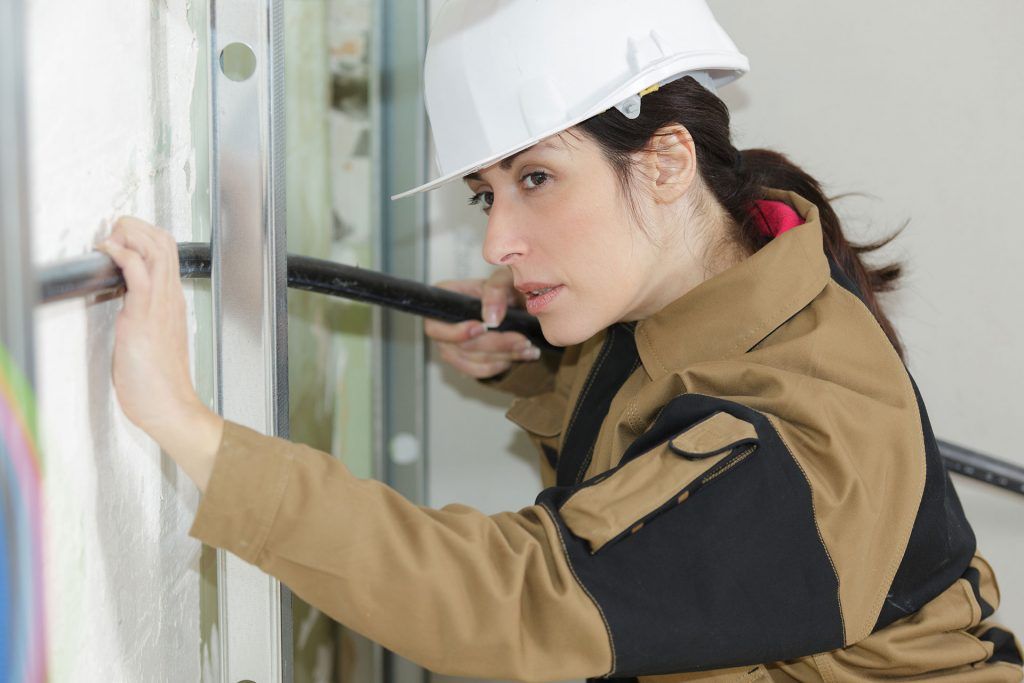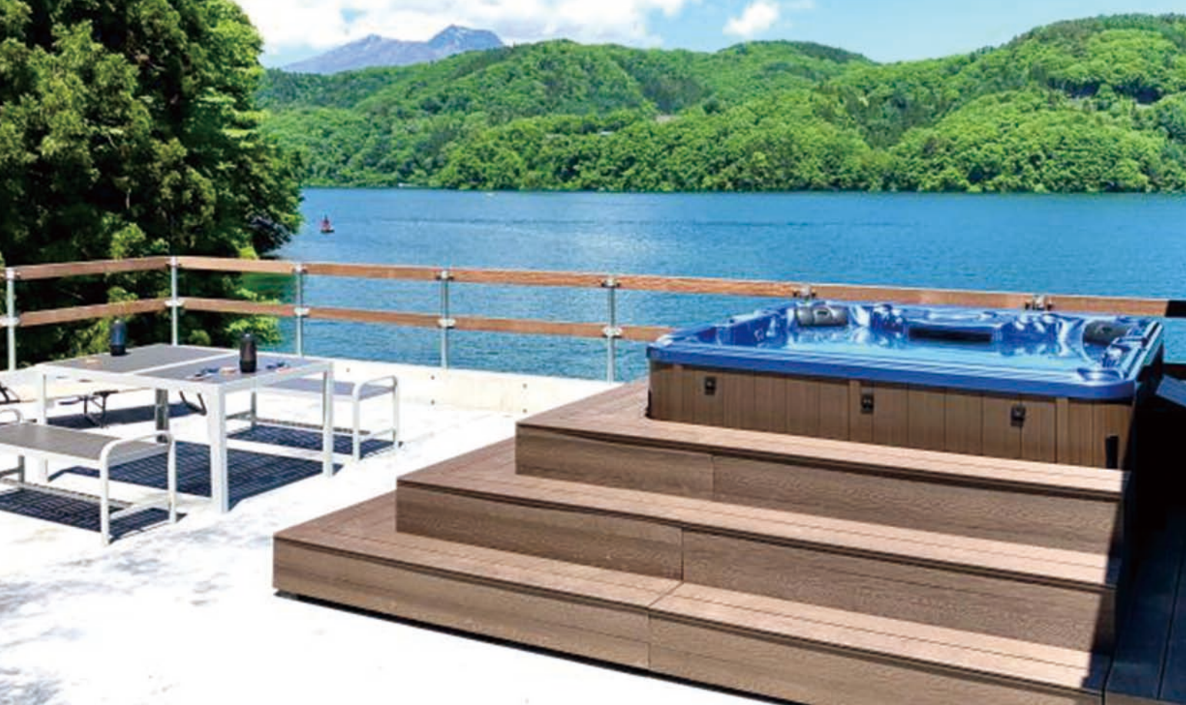Buyer's Guide: Before You Buy
If you're thinking about buying a hot tub but aren't sure which one is right for you, this guide will help point you toward your perfect spa. We'll walk through key considerations like size, seating, and setup—and you can use this guide no matter which brand or supplier you choose. Our goal isn’t just to sell you a spa—it’s to make sure you buy the right spa for your needs.
How Much Space Do You Have?
The first step is figuring out how much room you’re working with. Your spa needs at least one foot of clearance around it for maintenance and service access. This might sound like extra space, but it will save you headaches down the road.
If you're sinking your spa into a deck or vault, be sure to include removable sections for easy access. If you’re already investing in deck or vault construction, spend the extra money to do it right the first time.
How Many People Will Be Using the Spa?
This seems like a simple question, but there’s more to consider than just counting seats. A spa’s true capacity is determined by its pumps, not just its seats.
- If it’s just
two people, you don’t have to limit yourself to a two-seater. Many 7’ x 7’ spas are actually
best for two people because they allow for multiple massage options.
- If you love variety but don’t entertain much, a
3-6 seat spa could be perfect.
If you plan to
host 4+ people regularly, go big. Some “4-seaters” are more like
4-person tents—they’ll fit, but not comfortably. If entertainment is your goal, look for
8+ jetted seats and multiple pumps.
Lounge or No Lounge?
Your hot tub’s layout determines how much usable space you have inside.
- Lounger Seats: The ultimate in
relaxation. Loungers provide
full-body massage, especially targeting the
legs and joints. Some worry about floating in lounge seats, but
our loungers are contoured for a non-floating experience.
- Bench Seating: Maximizes seating
capacity and is
more budget-friendly. You don’t have to sacrifice therapy—many bench-style spas still offer
dedicated jets for the
neck, shoulders, legs, and feet.
If you want to stretch out and relax, go for a lounger. If you want more seating and social space, stick with a bench-style setup.
What Setup Is Required Before My Hot Tub Arrives?
1. Preparing a Solid Base
The best base for your hot tub is a concrete pad at least one foot larger than the spa on all sides. Gravel is another good option. For more details, check out this Hot Tub Land Post.
2. Electrical Requirements
Your electrical setup will depend on whether you’re getting a 110V "plug-and-play" spa or a 220V hardwired spa, but some things remain the same:
- Your spa needs a
dedicated circuit—it should not share power with anything else.
- A
GFCI breaker is required for safety.
- 110V spas come with a built-in GFCI on the power cord.
- 220V spas require a
separate disconnect installed by an electrician.
Pro Tip: Have your electrician install the
GFCI and power line before your spa arrives to speed up installation. Be sure to mention the
two-part install to avoid delays or extra costs.

3. Chemicals to Have on Hand
You'll want to stock up on basic spa chemicals before your first soak. Check out this
Hot Tub Land Blog Post for a full guide, but at minimum, you’ll need:
✅
Alkalinity Booster
✅
pH Minus
✅
pH Plus
✅
Sanitizer (Chlorine or Bromine)
✅
Shock Treatment
There You Have It!
With these steps covered, you’ll be ready to enjoy your new hot tub from day one. Need help choosing the perfect spa? Browse our Shop or check out our Pricing Guide to compare options!

